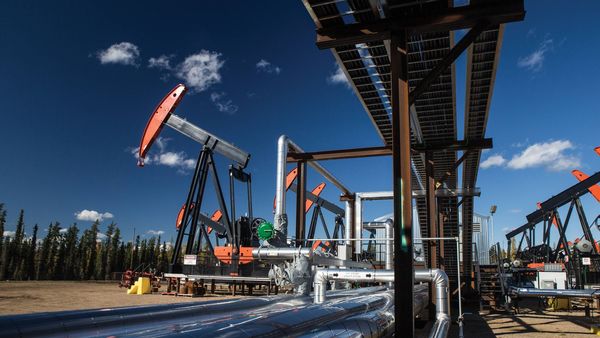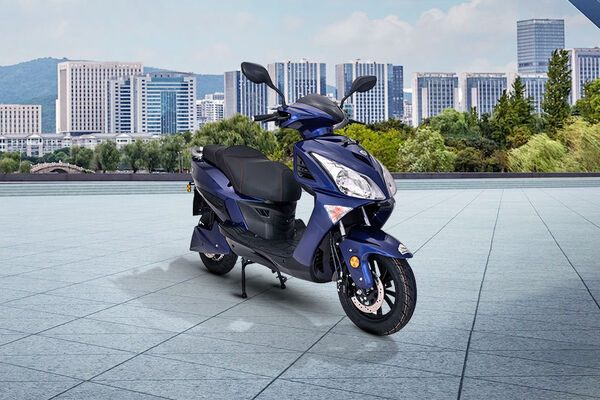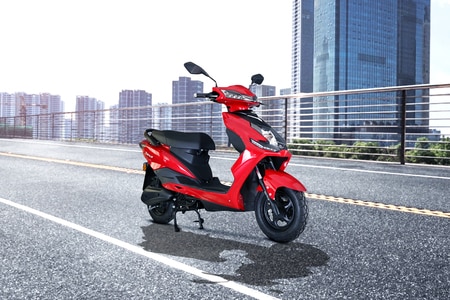India’s Covid crisis threatens a global oil recovery


India, the world’s third-largest oil consumer behind the US and China, was meant to be a major driver of oil’s demand recoveryas economies reopened. But the country’s devastating health crisis has made that impossible. Everyone from oil traders to the world’s biggest producers is panicking.
Indian Prime MinisterNarendra Modi is facing mounting criticism over a surge in coronavirus cases that began shortly after his government declared the country was “in the endgame of the Covid-19 pandemic," allowed large election rallies and gave the go-ahead to the Kumbh Mela religious festival that attracted an estimated 3.5 million devotees.
Also check these Vehicles
The current situation in India means Covid will probablykill more people in 2021 than it did last year. The pandemicdeath toll in the country is likely to be many times higher than official figures suggest.
The record number of newcoronavirus cases in India is a human tragedy. It also has serious implications for the global oil industry.
India was one of the bright spots for oil demand growth, alongside China, where the pandemic appears to have been controlled,and the USand UK, where widespread vaccination has allowed economic activity and leisure travel to resumeslowly. Demand for oil in the world’s third-largest oil market was expected to be above, or close to, pre-pandemic levels this year.Those forecasts now look certain to be revised lower.
Combined consumption of diesel and gasoline in India this month is poised to plunge by as much as 20% from March, as streets in major citiessuch as New Delhi and Mumbaibecome eerily quiet.
Stay-at-home advisories are likely to hit motor fuels, which until now had been supported by a mass switch from public transport to private cars and motorbikes. Restrictions have also hit trucking and buses, halving their business, according to theAll India Motor Transport Congress.
Refinery runs are expected to fallin response to the contraction in demand, leading to a build-up in crude stockpiles that will weighon future purchaseseven after the situation improves. Crude purchases by India’s refineries will almost certainly fallif the outbreak and associated restrictions persist.
But the impact won’t be limited to the South Asian nation.Countries from the U.K. to Canada are starting to ban air travel from India and that will hit international jet fuel demand, which is still languishing.
The world’s biggest oilproducers are starting to fret too. The OPEC+ group, which unites countries like Saudi Arabia, Iraq, the United Arab Emirates and Russia, had been counting on a surge in demand to support crude oil prices and an easing of record output cuts. Itmay now have to think again.
Ministers are due to hold their next monthly meeting later this week. When they met at the start of the month, they agreed to a schedule for relaxing some of their output cuts in May, June and July. Those plans might have to be revisedbefore they’re broughtinto effect.
The group intended to add 2.14 million barrels a day to global supplies between May and July and was considering downgrading the forthcoming meeting to just a technical session that would monitor members’ progress. This may no longer be possible.
The producers in the Middle East may be most at risk. It takes fiveto six days to ship a cargo of crude from the Persian Gulf to India, compared with fiveto six weeks to ship from the Gulf of Mexico. A decision by India to cut purchases from US producers wouldn’t be felt in reduced volumes arriving into its storage tanks until June. A similar decision taken on Middle Eastern supplies could be felt before the end of April.
India was already seeking alternatives to Saudi Arabian crude, as relations between the two countries soured over prices. A demand collapse will only accelerate that process.
Having delayed the planned easing of output cuts from January, the OPEC+ group was hopingto get things back on track by July. A slump in India’s oil demand will make that more difficult, forcing them either to delay opening the taps once again or risk undermining crude prices. None of them wants that.
This column does not necessarily reflect the opinion of the editorial board or Bloomberg LP and its owners.








 2498 cc
2498 cc Diesel
Diesel
 3.2 kWh
3.2 kWh 120 km
120 km














